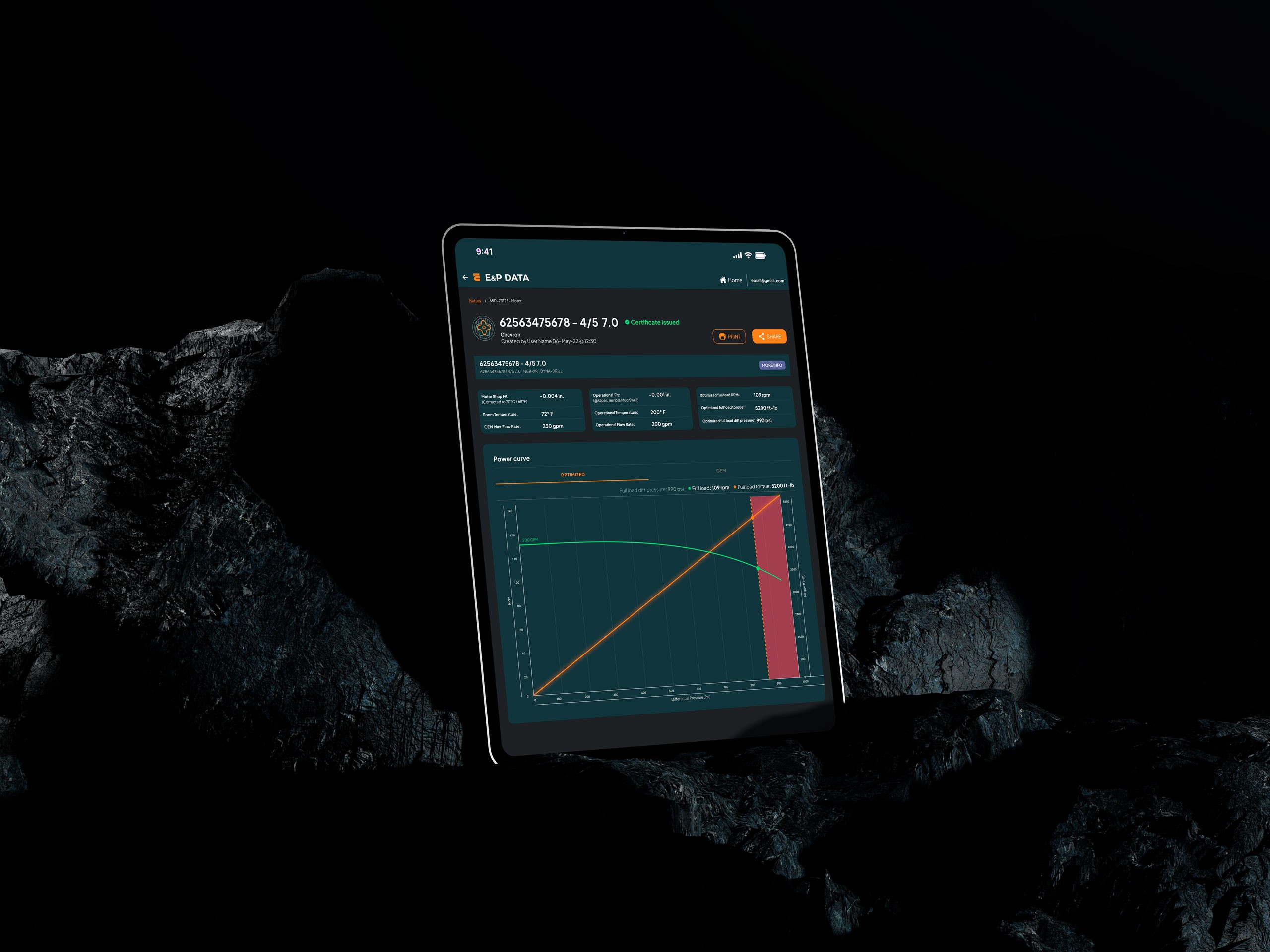Reshape Health Grant Winner
Democratizing Early Breast Cancer Detection
Over 8 weeks, we collaborated with iSono to develop new strategies to evolve ATUSA, an breast ultrasound scanner for cancer detection.

The vision
Atusa is world's first AI-driven portable and automated 3D breast ultrasound scanner for breast cancer detection, approved by the FDA in the USA.
The Transformation
The Arionkoder team focused on two workstreams: UX/UI and AI/ML.
For the UX/UI track we streamlined the workflow by reducing clicks and removing friction, enabling doctors to access critical 3D images and AI-marked insights faster. This allowed them to more quickly distinguish between easy and complex cases, significantly reducing time spent per review.
For the AI/ML track we minimized false positives and improved the reliability of confidence scores—boosting accuracy from 70% to 90% (a 28.6% relative improvement). This led to faster, more trustworthy scan reviews, with a 28.7% reduction in false detections.
Healthcare
Design
UX/UI Workstream
We conducted qualitative and quantitative research, stakeholder interviews, usability testing, and industry benchmarking to refine the user interface at three key stages of the radiologist journey.
AI/ML Workstream
We audited training and validation data, reviewed and tested the model’s training code, quantified the false positives, and analyzed them across cases. We also built internal evaluation tools using Jupyter notebooks and prototyped lightweight interventions in the existing code to test how different decisions influenced the false positive rate.
Team
Product Manager & Facilitator
UX/UI Designer
ML Engineer
Delivery
High-fidelity Figma prototype
Improvement Roadmap
AI Technical Report
AI Trained model with high accuracy level
Key Insights

Our process
At Arionkoder, we believe that delivering meaningful solutions requires deeply understanding our clients, their technology, and their users. Every product has a purpose. By combining user research with thoughtful design, we ensure our work has real-world impact.
We applied a full Design Sprint approach supported by interviews and benchmarking to understand not only iSono’s internal challenges but also those faced by their end users.
Our results led to adjustments that visibly improved the time radiologists spent reviewing cases. We delivered:
The AI/ML Process
We prioritized the model's performance to target the main challenge for ATUSA, and most ABUS devices: to significantly reduce false positives in the 3D RetinaNet model originally trained by iSono Health without compromising true lesion detection, with the goal of ensuring real downstream clinical value.
We introduced several modifications within the learning process, including hyperparameter changes within the focal loss function, and targeted experiments to assess their contribution. As a result, we were able to significantly reduce the number of false positives while also incrementing the recall of the solution.
Of course, given the limited time available, we were unable to perform a full hyperparameter grid search, so we cannot assume that this is the optimal model achievable. However, we not only improved upon the model initially trained by iSono Health, but also established a clear path for further enhancement. We analyzed and recommended additional hyperparameters and training strategies that could be explored to further improve the model.
Furthermore, by analyzing the false positives generated both by the original iSono model and by our best-performing approach, we observed that some of these false positives were caused by various artifacts present in the images, as illustrated below.

The green box marks the true lesion, while the red boxes are the model’s detections with their confidence scores. When applying a > 0.5 confidence threshold, our model on the left retains only the true lesion, whereas the iSono model on the right still shows multiple boxes above 0.5, revealing persistent false positives.
In addition to our discoveries, we also came up with some ideas for R&D that might bring about new models with other abilities transformative for the current solution. For instance, what about a model that simultaneously predict artifacts and potential lesions? That would aid to better discriminate the differences between these two types of detections, further reducing the amount of false positives.
Experts and the process
How can we trust AI to make our work faster?
We interviewed radiologists, breast‑cancer surgeons and imaging specialists and learned that, although some clinicians remain cautious about AI, they see ABUS‑based AI as a true game‑changer. Studies show that when ABUS is used as the primary or triage study, recall rates fall to 4‑8 % or drop ≈ 14 percentage points versus the 10‑12 % typical of standard mammography. With those numbers in mind, our prototype centred on how AI‑filtered ABUS images can speed up reading time and concretely help cut unnecessary recalls.

"We're extremely pleased with the outcome of this project. The team did a fantastic job of understanding our needs and delivering a solution that meets our expectations. The user testing sessions were incredibly valuable, and we're excited to implement the design and see the impact it will have on our users. Thank you to the entire team for their hard work and dedication."
Shadi Saberi
CEO @ iSono Health
Transformation
takeaways
We initially hypothesized that AI could preprocess scans, categorize findings into low, medium, and high-risk cases using a color-coded system, and display estimated review times. This would allow radiologists to prioritize based on urgency and available time.
We designed a filtering system enabling radiologists to sort cases by:
Last scan date
Patient name
Priority level
Whether a report exists

We also redesigned the image review interface to surface only the most relevant 3D images (those flagged by AI). These are shown in a summary view, with the option to expand into multi-plane comparison mode, allowing radiologists to examine Regions of Interest (ROIs) before switching to the full 3D ultrasound mode.
Goal: Reduce the initial number of images radiologists must review
The redesigned Scrubber allows radiologists to navigate slices quickly and correlate findings across multiple planes — improving interpretation speed and confidence in decision-making.
Goal: Improve the usability and clarity of 3D ultrasound scans
Overall impact: Significant reduction in time and cognitive load





